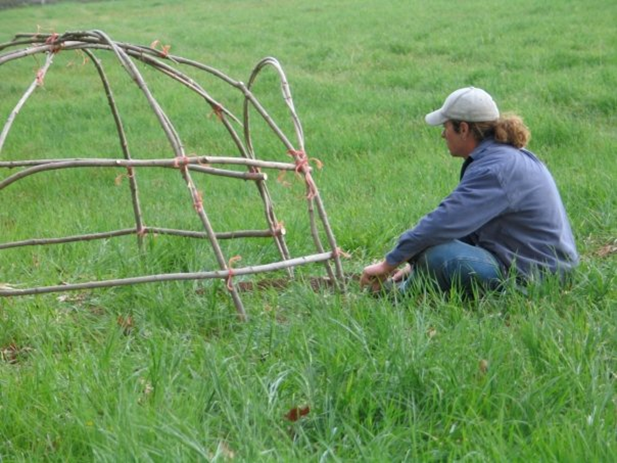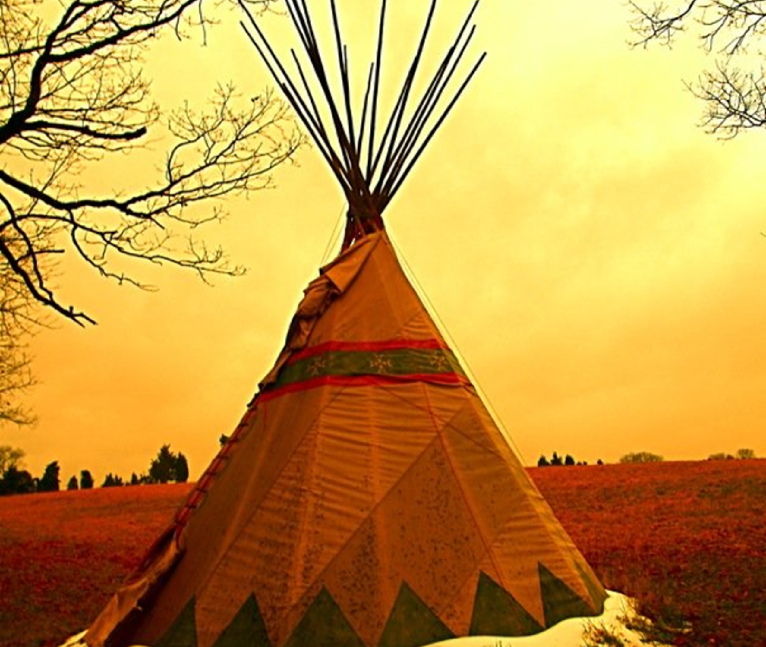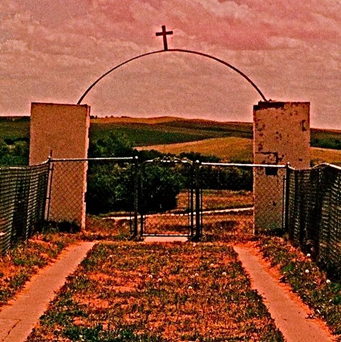
"Into the Sun" - Jinda Lohn - Lin & John
He came upon a place and acquired a Chanunpa, the sacred (ceremonial) pipe the sacred (ceremonial) pipe. He didn’t know much about it at the time but was very drawn to it. He learned about the special mix of Red willow bark, Bayberry leaves, Mullen, and other elements that went into the mix that would be smoked for ceremonies. He picked up a book called Black Elk Speaks and read it several times learning from Black Elk’s teachings. In a matter of months, he met a Lakota Sioux Indian from the Pine Ridge reservation in South Dakota. They were attracted to one another and began spending a lot of time together.
"Trying to Understand" - Jinda Lohn - Lin & John
Before it became a stylish thing to do in the quote, unquote new age community, Johnny learned from his indigenous new friend, how to build a sweat lodge, or as it is called in Lakota an Inipi. His young son Gabriel worked and learned by his side as they built and were taught the details of the ceremonial ways of the Lakota people. From the time Gabriel was seven years old until when he was 17 years old they did hundreds of sweats together.
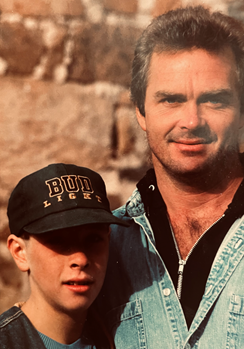
It was shortly after that when he met Johnny and Gabriel.
"Injustice" - Jinda Lohn - Lin & John
Why he felt so comfortable teaching them and sharing with them the sacred ways of the Lakota is unclear. Perhaps it was their deep Irish roots, and heritage, that had connected them to the same land. The Irish were very tribal people and earth oriented. This was the reason for the conflict between the Irish and the English. And why the English tried to break the Irish of their ways similar the what happened to the Indian people.
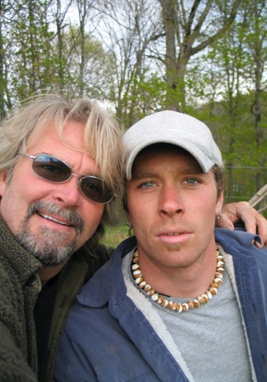
When doing the Inipi ceremony Inila would lead by singing thousand-year-old songs with the sacred rattle that he had made. All the while putting sprigs of cedar greens and sage and pouring water over the hot, glowing red, molten 12 rocks that Gabriel or John had carried into the sweat lodge using deer antlers. They would bring in the stones one at a time during the 1st round of the ceremony. There were 4 rounds to each ceremony. When the door would close they would sing, pray and they would sweat. Then between rounds, open the door for relief. The entire ceremony would last for 6 to 8 hours. It would start by collecting the logs and wood for the fire that were cut 3 to 4 feet long. The wood was stacked laying on the ground, creating a square in rows, four high. All in relationship and respect to the four directions - east, south, west, and north. Once the logs were assembled in the fire pit, and carefully stacked, 12 rocks in a pyramid-like position were put on the logs.
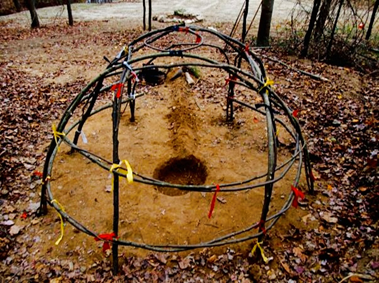
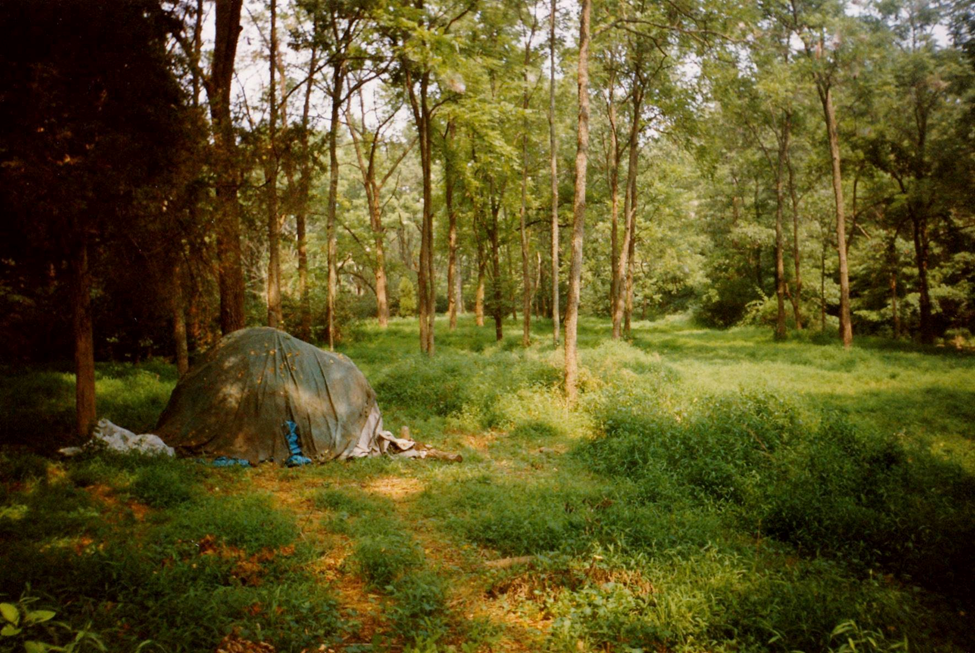
Each rock was placed with prayer and respect to the Four directions and then covered in 5 feet high of smaller sticks and wood to create a large fire. This would heat the rocks to molten red. While the fire was heating the rocks they would sit around it and make prayer ties. The ties were each 3“ x 3“ square fabric. Using four different colors that would represent the four directions. Yellow was for the east, white was for the south, black was for the west and red was for the north. They would place a pinch of tobacco in each of the fabrics folded together and twisted so it could be tied, and as they were doing this for each one, they would pray so that their prayer and intention would go into each one with that particular prayer. When they were finished with each prayer It would be tied into a continuous string about 2 inches apart.
"Meant to Be" - Jinda Lohn - Lin & John
When finished, they would have a chain of approximately 20 prayers, making the chain approximately 6 feet long. When the logs would turn to embers and the rocks would drop. It was time to enter the lodge. Each would enter the sweat naked and had to crawl on their knees. When entering the sweat lodge, they tied the chain of prayer ties around the top ring circle, the ceiling of the inipi. Symbolically leaving the sweat was like being born out of the womb of the Earth. When the ceremony was complete, they would take their chain of prayers and put them into the fire embers releasing the prayers to the heavens. The ceremony was very complex and rich with meaning and conviction. Doing a ceremony on a cold February night was the most life-changing and humbling.
"Dakota" - Jinda Lohn - Lin & John
